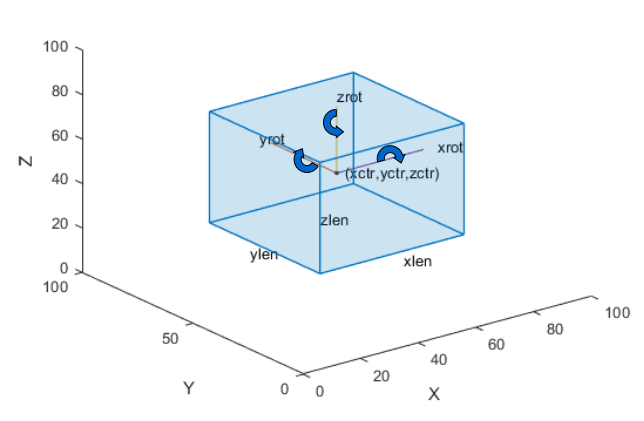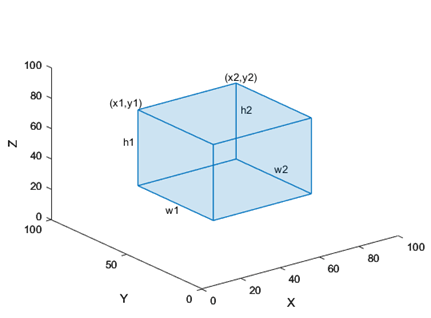run
Class: vision.labeler.AutomationAlgorithm
Namespace: vision.labeler
Run label automation on every frame in interval
Description
The run method computes the automated labels for a single frame
by executing the automation algorithm. During automation, the labeling apps run this method in
a loop to compute the automated labels for each frame in the selection being automated. A
single frame can contain multiple signals such as images and point clouds.
Clients of AutomationAlgorithm must implement this
method.
autoLabels = run(algObj,frame)frame, using the
algObj automation algorithm, and returns the automated labels,
autoLabels.
Input Arguments
Automation algorithm, specified as a vision.labeler.AutomationAlgorithm object.
Frame whose labels are being computed, specified as a numeric image matrix, a
pointCloud object or an M X 1
cell array of multiple image matrices and pointCloud objects. To specify a cell array of multiple signals,
algObj must support multisignal automation.
Output Arguments
Labels produced by the automation algorithm, returned as a categorical matrix, structure array, or table.
For algorithms that automate pixel labeling, implement the run
method to return autoLabels as a categorical label matrix, where each category represents a pixel label.
For more information, see How Labeler Apps Store Exported Pixel Labels.
For algorithms that automate nonpixel labels, implement the run
method to return a structure array. Each structure in the array contains the labels of a
specific name and type. The method combines labels of the same name and type into a
single structure in the array.
This table describes the columns of the autoLabels table or
fields of each autoLabels structure.
| Field Name | Description | ||||||||||||||
|---|---|---|---|---|---|---|---|---|---|---|---|---|---|---|---|
Type |
| ||||||||||||||
Name | Character vector, string scalar, or categorical scalar containing the name of the label. | ||||||||||||||
Position | Position of labels of the specified
| ||||||||||||||
Attributes (optional) | Structure array that contains one structure for each attribute in
the label. If the label definition does not contain attributes, then the
For each structure in the |
To view a sample autoLabels structure array, enter this code at
the MATLAB® command
prompt.
autoLabels(1).Name = "Car"; autoLabels(1).Type = labelType.Rectangle; autoLabels(1).Position = [20 20 50 50]; autoLabels(2).Name = "Truck"; autoLabels(2).Type = labelType.Rectangle; autoLabels(2).Position = [70 70 50 50; 100 100 25 25];
Alternatively, for nonpixel labels, you can use the run method to
return autoLabels as a table. The table rows are equivalent to the
structures in a structure array. The table columns are equivalent to the structure
fields. This table is equivalent to the sample autoLabels structure
array previously
specified.
Name Type Position
____________ _________ ____________
"Car" Rectangle [1x4 double]
"Truck" Rectangle [2x4 double]Version History
Introduced in R2017a
See Also
Objects
Functions
MATLAB Command
You clicked a link that corresponds to this MATLAB command:
Run the command by entering it in the MATLAB Command Window. Web browsers do not support MATLAB commands.
Select a Web Site
Choose a web site to get translated content where available and see local events and offers. Based on your location, we recommend that you select: .
You can also select a web site from the following list
How to Get Best Site Performance
Select the China site (in Chinese or English) for best site performance. Other MathWorks country sites are not optimized for visits from your location.
Americas
- América Latina (Español)
- Canada (English)
- United States (English)
Europe
- Belgium (English)
- Denmark (English)
- Deutschland (Deutsch)
- España (Español)
- Finland (English)
- France (Français)
- Ireland (English)
- Italia (Italiano)
- Luxembourg (English)
- Netherlands (English)
- Norway (English)
- Österreich (Deutsch)
- Portugal (English)
- Sweden (English)
- Switzerland
- United Kingdom (English)

